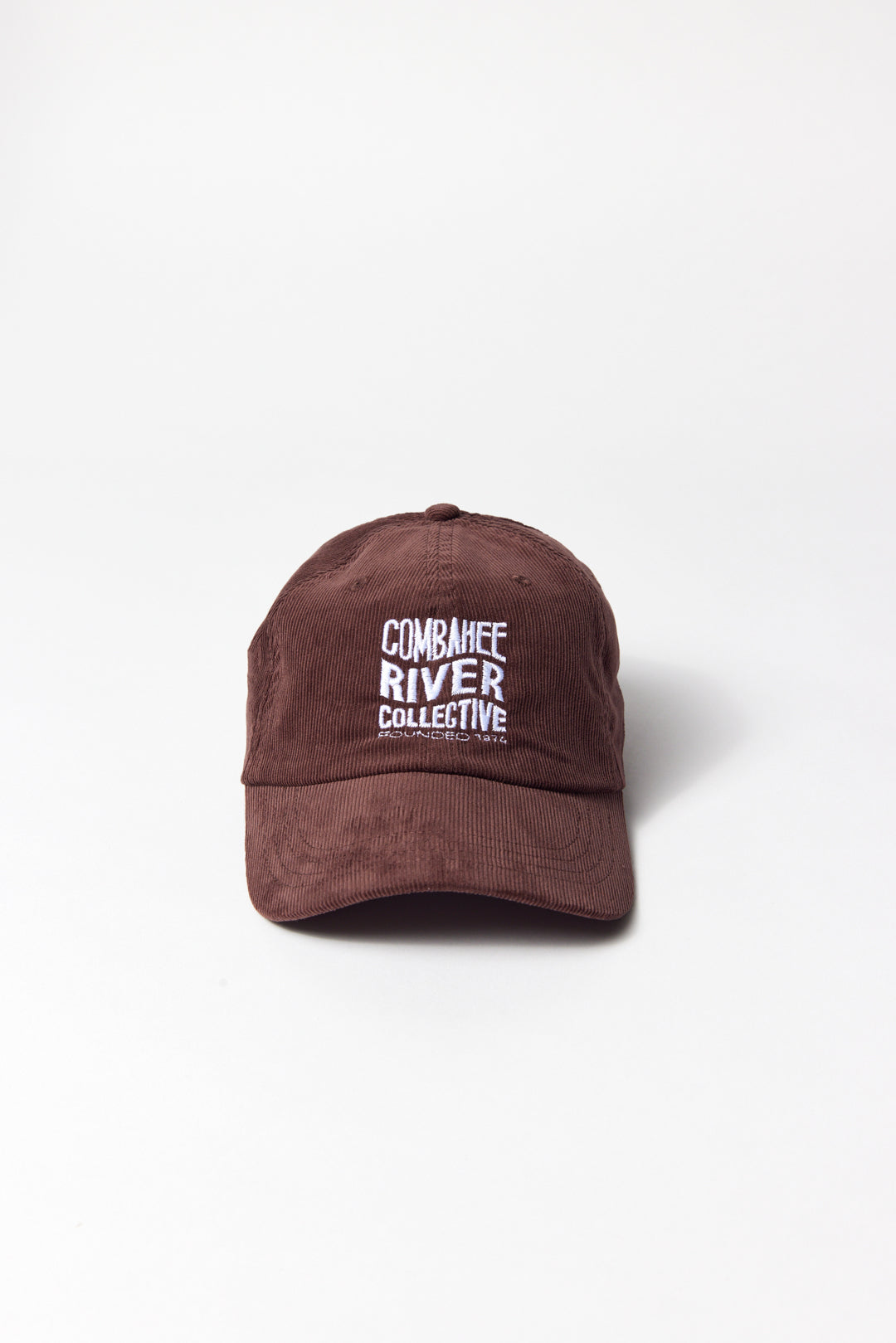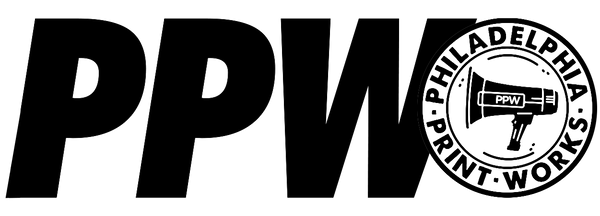
Birdie Africa, Drawing, 19"x 17", 2015
Interview By Lissa Alicia
Genesis Crespo is a 23-year-old New York born Printmaker and Artist living in West Philly. Currently Genesis is due to release a series of dystopian tarot card patches through the Philadelphia Printworks line. Over tea Genesis and I chatted about art school, her patch designs and opening up a print shop in West Philly.
Can you tell me a little bit about your background?
I am from Queens, New York - born and raised. I left Queens when I was 18-years-old to go to college in Baltimore - I went to MICA. After MICA I ran out of money and had to move back to New York and then I moved to Philadelphia.
I moved to Fishtown first because I had a residency at Second State Press. Everyone was asking me “Why are you here? Go back home to the big city.” I was like “No, I came to Philly to do printmaking and this is the place that accepted me.”
How was your residency at Second State Press?
It was very quiet. The actual residency entails that I am a shop tech for 12 hours a week and I have 24/7 access to the studio. I was doing a lot of independent work, I was doing a lot of lithography, some vinyl cuts, I did screenprinting as well - I screen printed an entire zine. It was a very productive time but it was kind of lonely there. There were a lot of working artists coming in for three hours and then leaving. It wasn’t great networking time. The people that I did meet were well to do artists.

Untitled, Charcoal on Paper, 3' x 4', 2015
What are zines and what affect do they have in politics?
Zines are like self-published, short booklets. I don’t know the exact history but I think it started with sci fi nerds and their fan fiction in the 70’s or 80’s - it became a punk thing soon after. It became a really accessible way for artists to get some sort of hand held tangible booklet to extend their studio practices. In the sense of a political context I feel like a lot of early anarchist have used zines to publish theories and methods.
Can you tell me about the zine you made?
It was just writings and drawings. It was feelings - post art school feelings - like being outside of the comfort of school and things like that. It wasn’t much to it.
Would you mind speaking on the tarot card patches that you made for Philadelphia Printworks?
I was just kind of making post society tarot cards. The original idea was to have it benefit TIP, Tip is the Trans Information Project, it is part of GALAE. GALAE is this Latino non-profit organization in Center CIty and they are in charge of TIP - they are responsible for TIP’s funding. When I was talking about funding TIP they said that the money would go to GALAE and trickle down to TIP- I felt weird about that.
The initial plan was to have various gender expressions with people on the cards and people with different races and ethnicities on the card. The original tarot deck is all like happy to go white people so I kind of wanted to play around with different identities on the card. The world card - the four animals are the same: there is a cherub, an eagle, a lion, and an ox. I have the same animals but they are skulls. For the strength card there are similar figures - there is a lioness instead of a lion and there is a person on top of the lioness, but there is a dead correctional officer in the corner.

Exhibition at Bronze Dipped in Gold, Sprinted Tattooing Coalition, 2015
How do you identify and when did you begin identifying as such?
Culturally I identify as Latina. I identify as Queer and I only started doing that two years ago. Other than that I feel like I am too all over the place to be bogged down with any kind of identity. Things like printmaker or artist those forms of identity I try not to go too hard with because what ends up happening is if I fail as one I have an identity crisis. I try to have some breathing room. I think labels are important, I’m not trying to play that 14-year-old game where i say “Labels are for soup cans.” ha ha, but I feel like some kind of language to use to go through the world is important.
You are pretty submersed in the West Philly Queer arts and culture scene. What advice do you have for individuals who are looking to create safe spaces for themselves and other members of their community and subculture?
I ended up going to shows, knew my needs, found the people and got it. It wasn’t smooth - there were a lot of growing pains involved and hard conversations to be had.There is definitely a high need to not tolerate bullshit. I feel like that's what a lot of art kids do - I feel like art kids tolerate microaggressions and silly comments from their rich white friends. There needs to be intolerance - yay intolerance- for things that make you feel uncomfortable. Art is one way to do it. I definitely meet people from that zine I did, and the internet.

Tape Design, Drawing and Sticky Letters, 2015
How does the art that you create speak to social change?
I don’t know if it does at the moment. I always struggle with making this piece that has a message and everyone is going to revolt after seeing it. What happens is the fact that I am this person with this marginalized identity, making stuff and taking up space is enough, to some extent. I just kind of hope to work off of that.
Do you feel like any marginalized person who creates art, that their art will automatically have a political statement with in it just because of who they are?
More or less. It also depends on where it's at. The big ignorant statement that comes out of a lot of people mouth's is that “Artist are the ones causing gentrification.” Artists, Homos, and white people are all responsible for gentrification. They are strictly thinking of art school, art world. It depends on the space that the art takes up - there are artist that already exist in neighborhoods before gentrification comes through.
What are some things that you plan to achieve with your art in the future?
I really care about opening up a print shop, because I want to make screen printing accessible and I think a printing press is really important for getting information out - it always has been. When you think about the history of prints it has always been a large history of radical prints and posters. The thing about having a print shop that is accessible to the community is that you can do it in a more discreet way. If you want to make a radical poster and want no one to know it's you, it's possible.
Do you think that art can change the world?
Art has always been a form of communication. One way people define art is translating raw experience into a different medium. I think that looking to artist, maybe not the crappy ones who smoke too much cigarettes and go to class high, to create a sense of how an autonomous society can exist is good. If art disappeared tomorrow I am pretty sure many people wouldn’t know what to do.

